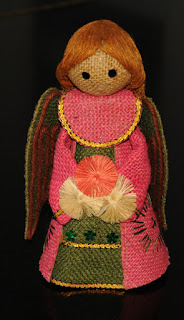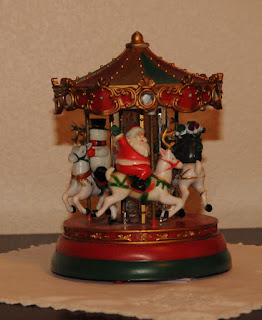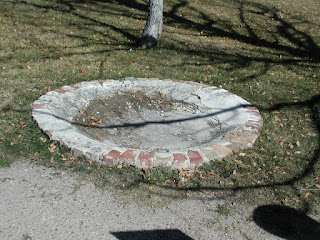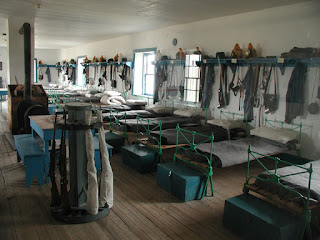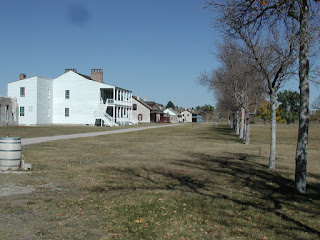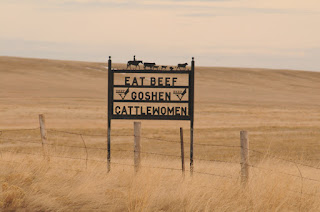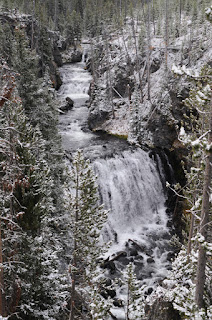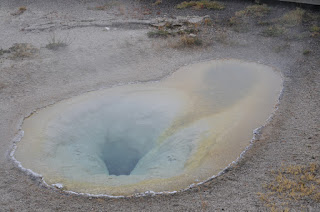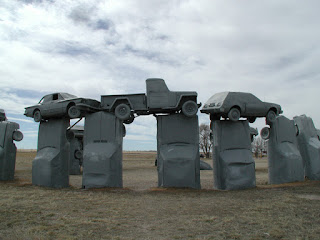In the mid nineteenth
century while the British ton were
traveling along well-marked roads in comfortable coaches pulled by fine
horseflesh they might have purchased at Tattersall’s, hundreds of thousands of
Americans walked – yes, walked – thousands of miles in search of a better
future.There were no well-sprung
vehicles with velvet cushions to help absorb the roads’ bumps and few inns to
offer them beds and hot meals. Instead, these pioneers loaded their belongings
into Conestoga wagons, yoked sturdy oxen together to pull their canvas-covered temporary
homes, and headed west. So many of them traveled the same route that the wagon
wheels carved ruts as deep as five feet into the limestone hills.
Some went to California, hoping to
find a fortune in gold. Others were attracted by the promise of fertile land in
Oregon. Still others fled religious persecution as they pulled handcarts toward
the Great Salt Lake. Though their routes diverged soon after they reached what
is now Wyoming, virtually every wagon train stopped at Fort Laramie. It was
here that the pioneers rested their oxen, made necessary repairs to their
wagons, and replenished their supplies at the post trader’s store. For, while
crossing the plains had been arduous, the worst was yet to come. Mountainous
terrain, the fear of Indian attacks, the threat of early snow, and the
knowledge that there were few other places to purchase supplies made Fort
Laramie seem like an oasis on the journey west.

The fort that greeted travelers in
the mid nineteenth century bore little resemblance to Hollywood’s idea of a
western Army post. It lacked the wooden stockade and dilapidated wooden
buildings that film makers have immortalized. In their place was a collection
of buildings that might have reminded the pioneers of a New England town, but
it wasn’t always so.
The first fort on the location, a
trading post named Fort William, was relatively small and had a wooden palisade.
While Hollywood might have liked it, it was destined for a very short life.
When another fort was built nearby and threatened its status as a major fur trading
post, Fort William was replaced by a new fort constructed on the same location.
Fort John, as the new post was named, was made of adobe, was considerably larger
than Fort William, and was able to compete with the nearby fort.
When the fur trade declined, Fort
William’s existence might have been in jeopardy, but it gained a new lease on
life as the first of the emigrant trains came through. Now, instead of serving
as a center for trading buffalo hides, it became a major supply point for the wagon
trains.
Then, as the number of emigrants
swelled, so did fears for their safety. Responding to that need, the Army purchased
Fort John in 1849 and renamed it Fort Laramie. Since the newly named fort would
become a major military installation with both cavalry and infantry troops, it
was time to expand the post and construct more buildings to house the men.
One of the most prominent landmarks
was Old Bedlam, the two-story frame building that’s still in existence and that
has the distinction of being the oldest military structure in Wyoming. Though
its use changed several times, including serving as the post headquarters for a
few years, it retained the nickname it gained during the early years of its
existence when it served as bachelor officers’ housing. One can only guess what
those officers did to warrant that name.
Close by Old Bedlam
was the post trader’s store, more commonly referred to as the sutler’s store.
It was here that travelers could find everything from teakettles to blankets to
foodstuffs to basic medical supplies. The sutler’s store also housed the post
office, an important stop for travelers starved for news from home.
It’s no wonder that those hardy
pioneers looked forward to reaching Fort Laramie.
To be continued ...


